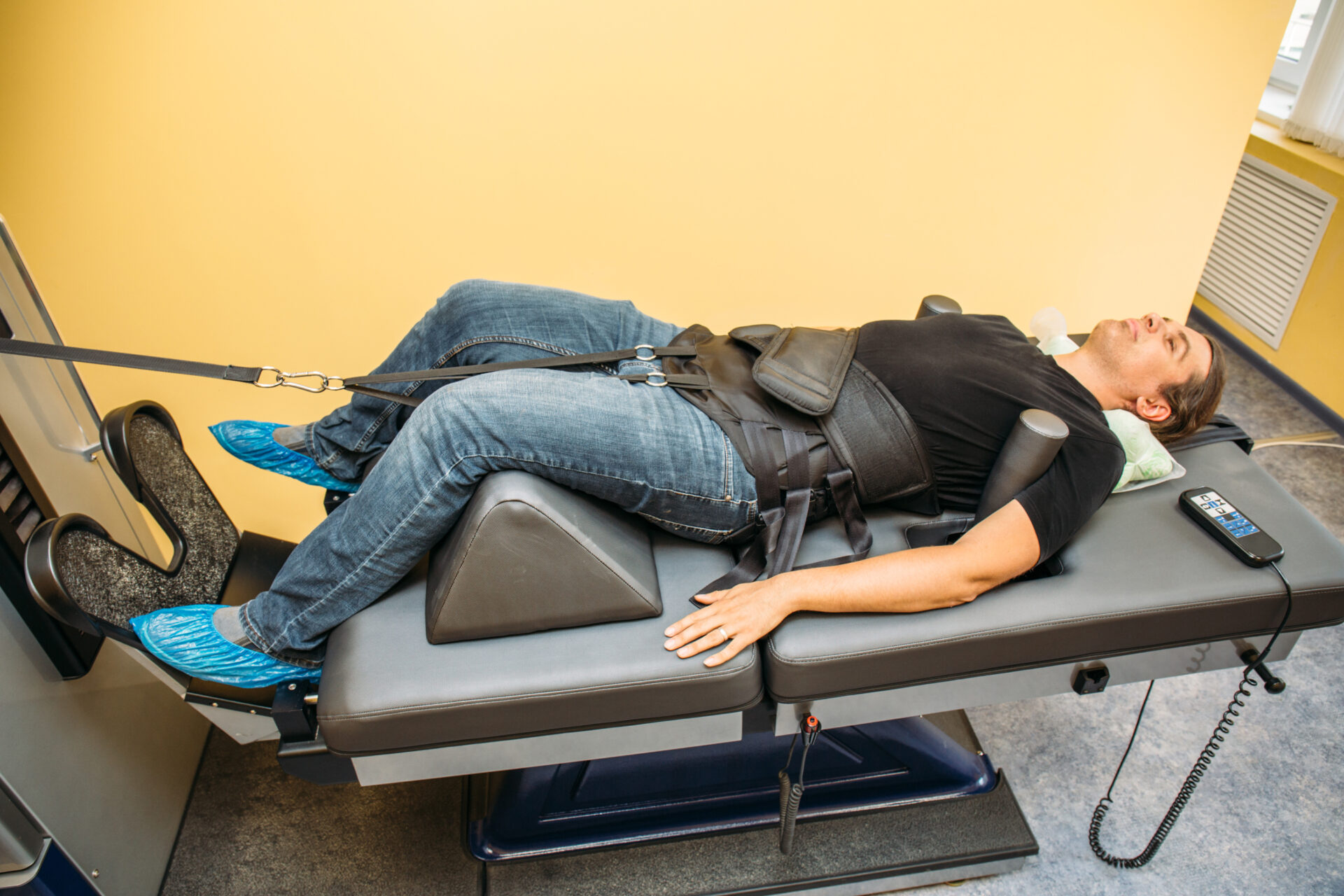This post may contain affiliate links, which means if you enroll through my link, I’ll receive a small commission at no extra cost to you.

Health is a vital issue and good health is everyone’s goal. There are many treatment options available, and holistic treatments are one of those options. Holistic medicine and treatment options are comprehensive but can be wildly expensive, so how much do holistic treatments cost when you don’t have insurance?
Holistic treatments such as acupuncture, massage therapy, chiropractic treatments, and naturopathic doctors will cost anywhere from $30 to $400 per session without insurance. Most holistic treatments require multiple sessions and are preventative rather than curative.
Holistic treatment plans are important to consider applying to your health plan, even with their high cost. In this article, I will go over what types of treatments are considered holistic, what the benefits of each treatment type are, and how to make holistic treatments more affordable.
What Types of Treatments Are Considered Holistic?
There are two types of medicine: modern and holistic. Modern medicine involves treatments that are centered on reducing negative symptoms through procedures, tests, and surgeries. These treatments are often research-based and focus on specific systems within the body.
Holistic medicine is an older form of medicine that focuses on improving health by looking at all of the different factors that can impact health. Treatments that are holistic typically look into improving the lifestyle or diet of the patient. They also look at the social and environmental factors that can impact health. Holistic treatments also are focused on slow and steady healing rather than instantaneous change.
Another important thing to know about holistic medicine is that people rarely only rely on holistic medicine. Most professionals use both types of medicine to create a comprehensive treatment plan so patients can gain and maintain good health.
Naturopathic doctors, functional medicine professionals, integrative medicine professionals, osteopathic professionals, and others are certified in holistic medicine. Acupuncture, massage therapy, chiropractor treatments, energy work, and ayurvedic medicinal practices are considered holistic.
Benefits of Holistic Treatment and How Much They Cost

There are a variety of general benefits to holistic treatments. Usually, holistic treatments help prevent illness. They also help people heal at a slower, more thorough pace. This type of treatment is also focused on creating relief from symptoms rather than immediately eliminating them. Many people who have chronic illnesses like fibromyalgia use holistic methods to help with pain management. Each specific treatment option has certain out-of-pocket costs that you should expect to pay if you do not have insurance. We will go over those costs below.
These types of treatments are also helpful with complex health situations and help to identify the root cause of an issue. Holistic methods help with this because they look at any possible cause rather than just looking at a specific affected organ or symptom for an answer to the problem.
One of the best things about holistic medicine is the fact that the treatment relies on natural substances to solve issues. Holistic medical professionals will look into your diet and prescribe healthy food options to help address the issue. They also typically offer better accountability and support with lifestyle changes than doctors that work with modern medicine. Your holistic doctor will likely help you find specific changes you can make to improve your life instead of only suggesting basic health improvements like exercising more or drinking more water.
Acupuncture
The cost of acupuncture without insurance typically costs $100 or more per session, and multiple sessions are often required. On average, acupuncture sessions cost $112 for the first visit and $80 for follow-up visits without any insurance. Prices can vary depending on how much acupuncture is needed, the rates of the specific doctor you go to, and where the acupuncture facility is located.
Acupuncture is a form of holistic treatment based on Chinese traditional medicine. The practitioner inserts tiny needles in specific spots of the body to help activate the central nervous system. Activating the central nervous system encourages the body to heal faster and more efficiently. There are many different benefits to acupuncture such as general pain relief, help with migraines, nausea, diabetes, depression, and a variety of other forms of acute and chronic pain
Massage Therapy
A session of massage therapy typically costs around $60 per session without insurance. This price can vary depending on how long the session is, the methods used during the appointment, and the specific location/doctor providing the treatment. Sessions typically last one hour.
Massage therapy is another form of holistic treatment that is commonly used. Usually, a massage therapist uses different levels of pressure and types of touch to help a client work through different physical and mental ailments. Some of these ailments include headaches, insomnia, nerve pain, fibromyalgia, digestive issues, post-operative care, and much more!
Although massage therapy is a general practice, there are thousands of ways that massage can be utilized to improve someone’s health. Some additional approaches that fall under massage therapy include cranial sacral work, manual lymphatic drainage, Swedish massage, hot stone massage, and many more.
Chiropractor Treatments
Chiropractor treatments typically cost $100 to $150 without insurance, but they can cost $60 to $200. Although this is the average cost, prices can vary depending on the doctor, location, and what needs to be done.
A chiropractor is a practitioner that is trained to help people deal with musculoskeletal pain. They will use their hands and other tools to shift bones or muscles in your body.
Some of the techniques they use include soft-tissue massage, different types of stretches, adjusting parts of the body to sit in their proper position, and bracing joints using a special kind of tape. Chiropractic care is most commonly used to help people with headaches, muscle pain, back, neck, and joint pain. It is also one of the cheapest and most widely available holistic care options available.
Naturopathic Doctors and Physicians
A naturopathic doctor visit, on average, costs $363 but can range from $150 to $750 without insurance. Prices per hour for a naturopathic appointment start at $100 and could get as high as $750 but cost $294 on average.
Naturopathy treatment is a newer type of holistic treatment that has a wide range of benefits. Naturopathic doctors have a similar background to a typical doctor but have additional training and abilities in preventative and chronic illness treatment.
These kinds of doctors have knowledge of natural medicines and methods to help people work through a variety of issues. They will use many different types of therapy, including exercise, manipulative, and normal counseling. They also help people create lifestyle changes and diet changes to improve their overall health.
Naturopathic doctors are able to treat and manage the symptoms of a lot of different illnesses and ailments. Some of these include chronic pain, fibromyalgia, digestion issues, allergies, hormone issues, obesity, cardiovascular diseases, fertility problems, cancer, and chronic fatigue syndrome.
This type of holistic treatment is a little controversial. There are some states that recognize it as a legitimate treatment option. Others do not recognize it as such and will not license naturopathic physicians. There are currently 26 states and territories in the United States that will license and regulate naturopathic medical professionals. They are listed below.
- Alaska
- Arizona
- Colorado
- California
- District of Columbia
- Connecticut
- Hawaii
- Kansas
- Maine
- Maryland
- Massachusetts
- Minnesota
- Montana
- New Hampshire
- New Mexico
- North Dakota
- Oregon
- Pennsylvania
- Rhode Island
- Utah
- Vermont
- Washington.
- Wisconsin
- Puerto Rico
- U.S. Virgin Islands
Reiki or Energy Work
A session of reiki or energy work costs between $25 and $100, however, it typically costs $60 for one session without insurance. Reiki practitioners say that one session of reiki may be enough to treat certain ailments, but for others, multiple sessions may be necessary.
Reiki is a type of treatment that is deeply centered in Eastern theology. The thought around this type of treatment is that the energy around a person can have a great impact on their health. People who perform Reiki or other energy work try to harness that energy to help a person heal. There are no consistently proven benefits to Reiki treatments. However, there are also no risks to getting this type of treatment.
Ayurvedic Medicine
An ayurvedic appointment, on average, costs between $150 and $240 for a 90-minute session if you do not have health insurance.
Ayurvedic medicine is a branch of one of the oldest medical systems in recorded history. It started and remains prevalent in India, but it is also sometimes done in the U.S. Ayurvedic treatments rely on combinations of different herbs to create a viable medicine for a person and their particular ailments. Ayurvedic medicine also relies heavily on helping a person improve their diet, exercise, and overall lifestyle. There is little research about this kind of medicine and a lot of division about its effectiveness.
Some studies show that it is helpful for people with arthritis, type two diabetes, and ulcerative colitis. However, there are also instances where people have had heightened levels of lead and mercury in their systems after receiving this type of treatment. It is rare, but some of the concoctions have also caused arsenic poisoning. There is no state or university that offers licensing for becoming an Ayurvedic practitioner, so it is wise to be careful when considering this holistic treatment option.
Ways to Make Holistic Treatment Options More Affordable

Holistic treatment can get a bit expensive if you have to pay for it without insurance, but there are a variety of ways that you can lower the cost of holistic treatment options. The best way is to take to your holistic treatment provider and see what payment options or discounts they offer to people who don’t have insurance.
Oftentimes, holistic treatment facilities have specific company-based guidelines and options for working with people who do not have the finances to pay for holistic treatments out of pocket. They might offer monthly payment plans and can refer you to additional resources or programs that can help you mitigate costs. Each company and provider handles their business differently, so it is easiest to ask and discuss it before payment becomes an issue.
Another way to reduce the cost of holistic treatment options is to set up tax-exempt accounts. There are two types of tax-exempt accounts: a flexible spending arrangement (FSA) and a health savings plan (HSA). These types of accounts are connected to your paycheck before taxes are taken out.
Flexible spending arrangements are a neat opportunity to save some cash. Some companies offer an FSA with employment, which means that the company will take out money from your paycheck (before taxes) and put it in an account. The maximum amount that you can deposit as an individual is $3,050 a year.
The money is intended to cover health expenses. These accounts can be used to pay for the health of the employee and their family members. Employers can also contribute to an FSA. A downside is that any money that is left after the year is over will not be carried over and is considered lost. If you choose this option, it is important to be wise and spend the full amount of money in the account in the allotted period of time.
Health savings plans are set up by individuals and household members and are specifically created for people who pay high deductibles. The money that is collected is tax-exempt and usually comes directly from paychecks. HSAs are beneficial because they allow an individual to save the money they need for treatments much faster than in a normal bank account. Any money that is not used in a year will roll over to the next year. This type of account also functions similarly to a bank account, so it can increase with tax-exempt interest over time.
Overall, holistic treatments can be quite expensive if you don’t have insurance or your insurance policy doesn’t cover holistic treatments. Before using holistic treatments instead of modern medical treatments, determine whether or not it will be cheaper to go through holistic treatments and whether or not your insurance will pay for these treatments.
No Insurance?
When it comes to your healthcare, most people think that their only options are to pay for expensive Health Insurance or try out your luck being uninsured.
The great news is that you have a third option; You can join a Health Share plan that is affordable and meets your needs! Health Sharing programs are one of the most effective and affordable alternatives to Health Insurance.
If you don’t know what a Health Share is, you can start here to learn how it works and why it’s a great alternative to health insurance. If you are looking for affordable healthcare, I highly recommend checking out my article about the Best Health Share Plans.
Health shares are not insurance and do not offer insurance coverage. Membership in a health share does not guarantee the payment or reimbursement of medical expenses. Each organization operates under its own membership guidelines, which determine what expenses may be eligible for sharing. This publication is for informational purposes only and is not provided by an insurance company. For state-specific notices and full program details, please visit the respective health share’s official website.





Leave a Reply